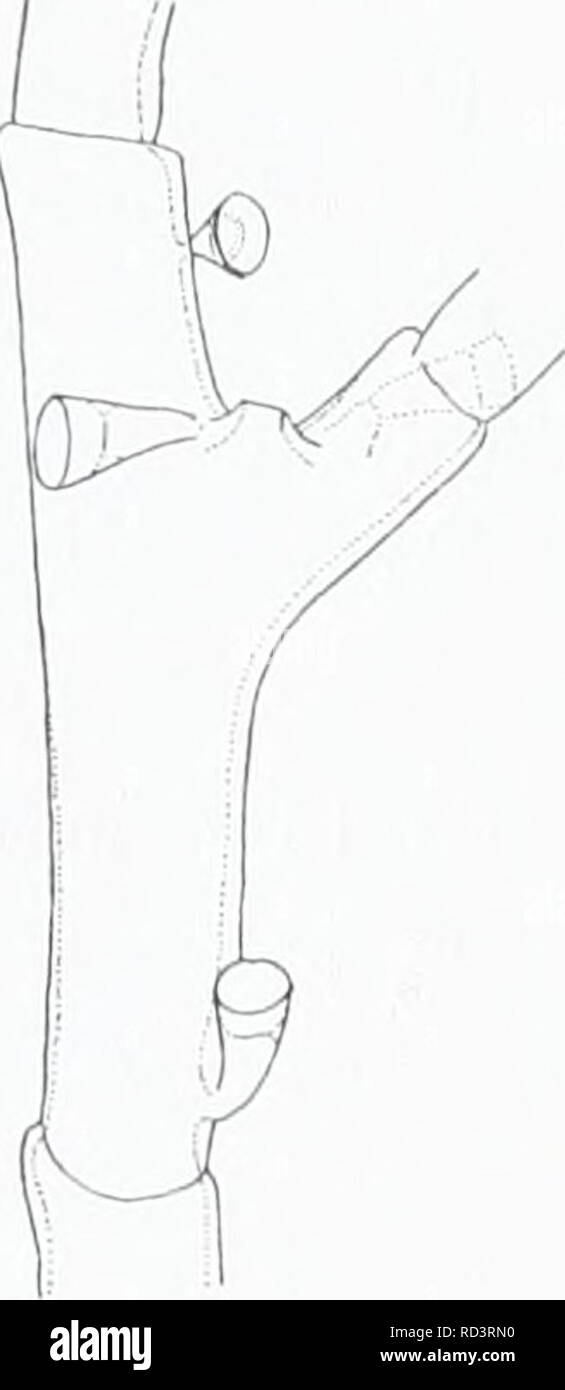. The Danish Ingolf-expedition. Marine animals -- Arctic regions; Scientific expeditions; Arctic regions. !? antarctica Jaderholm must doubtless be removed to a genus of their own, more closely related to Kirchenpaucria. It would thus not be advisable to introduce a new diagnosis for Schizotricha; the genus should rather be allowed to disappear definitely as synonymous with Po/yplumaria, which latter generic appellation is older, and originally better defined. For Fhimiilaria gmcilUwa G. O. Sars there- fore, it will be best to take an entirely new generic name. Polynemertesia gracillima (G. O.

Image details
Contributor:
The Book Worm / Alamy Stock PhotoImage ID:
RD3RN0File size:
7.2 MB (101.5 KB Compressed download)Releases:
Model - no | Property - noDo I need a release?Dimensions:
1043 x 2397 px | 17.7 x 40.6 cm | 7 x 16 inches | 150dpiMore information:
This image is a public domain image, which means either that copyright has expired in the image or the copyright holder has waived their copyright. Alamy charges you a fee for access to the high resolution copy of the image.
This image could have imperfections as it’s either historical or reportage.
. The Danish Ingolf-expedition. Marine animals -- Arctic regions; Scientific expeditions; Arctic regions. !? antarctica Jaderholm must doubtless be removed to a genus of their own, more closely related to Kirchenpaucria. It would thus not be advisable to introduce a new diagnosis for Schizotricha; the genus should rather be allowed to disappear definitely as synonymous with Po/yplumaria, which latter generic appellation is older, and originally better defined. For Fhimiilaria gmcilUwa G. O. Sars there- fore, it will be best to take an entirely new generic name. Polynemertesia gracillima (G. O. Sars). 1873 Plumiilariagracillima, G. O. Sars, Bidrag til Kundskaben om Drelivet paa vore Havbanker, p. 86. 1893 Plunmlaria groenlandica, Levinsen, Meduser, Ctenophorer og Hydroider, p. 63, tab. VIII, figs. 10â12. Single pinnate colonies with monosiphonic or in the basal parts polysiphonic main stem. The mono- siphonic stem is divided by trans- verse nodes into internodia, which bear distally a short apophyse, di- rected obliquely forward, turning alternately to either side of the me- dian line. The stem has no hydro- thecie, but bears mobile sarcothecse, two unpaired, somewhat asymme- trically arranged on the basal part of each internodiuni. The apophyse has a "mamelon" on its upper side near the stem; beside this on the rear side a mobile sarcotheca, and ))). t;;â ywt^t r> I / â -u- f, .ââ, ft, » no, -;., Qtvojf also an unpaired mobile sarcotheca 'â ' ' â ' I'ig. XXXIV. Polynemertesia gracillima from the Uavis btrait i .y)t =^^^iin^ oi Pliimularia groenla)idica rz. Internodium of the clistalU' iu the median line. The stem with primary apophyse. b. Second internode of a priiii- " ary hydrocladium with secondary apophyse, showing a distinct apophyse bears a seconclarily bran- "mamelon". .. Hydrothecate internode. (X 80). ^j^^^ hydrocladium; the hydrocla- dium is divided by transverse nodes into irregular internodia, of which every